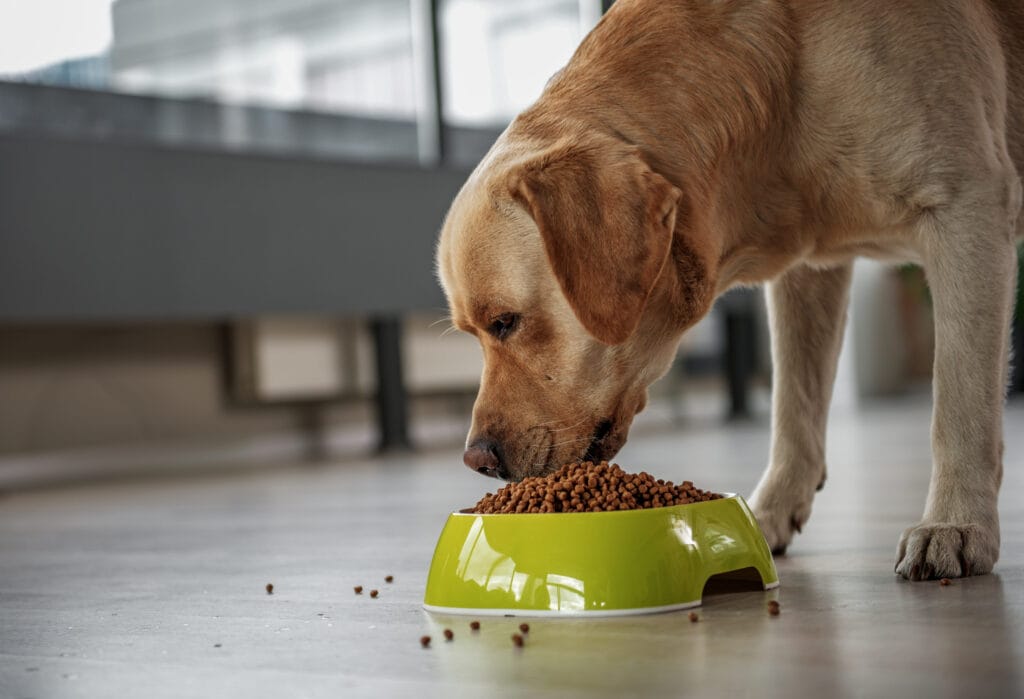The big question after any pet dental cleaning is always the same: can my dog eat? With a sedative-free dental cleaning, the answer is a resounding yes—almost immediately. That might come as a surprise, but here’s a little secret: the standard soft-food recommendation after traditional procedures has less to do with sensitive teeth and everything to do with the lingering, body-wide effects of anesthesia.
- The traditional post-cleaning diet: why soft food is usually recommended
- The anesthesia-free difference: a happier tummy, right away
- So, what can my dog eat after a dental cleaning?
- Beyond diet: the other post-cleaning risks you avoid
- A quick note on prevention: Our role in your pet’s health
- How to maintain that sparkle: at-home dog dental cleaning tips
- Conclusion: a stress-free cleaning means a stress-fre#titulo7e recovery
It’s one of the first questions every caring pet owner asks: “Can my dog eat after a dog dental cleaning?” For years, the standard answer involved days of soft, mushy food and careful monitoring.
But here’s the surprising truth: that routine was never about the teeth. It was a necessary precaution designed to help a sensitive stomach and a groggy pet recover from the body-wide effects of general anesthesia.
In this post, we’ll explore why those old rules existed and, more importantly, how a gentle, modern dental cleaning without anesthesia means your best friend can get back to their favorite crunchy kibble and their happy, energetic self—almost immediately.
The traditional post-cleaning diet: why soft food is usually recommended
For decades, the soft food diet post-dental cleaning has been standard practice. But the real reason behind it has less to do with the teeth and everything to do with one powerful factor: general anesthesia.
There’s nothing worse for a pet parent than seeing their best friend groggy and disoriented after a procedure. We understand that feeling of helplessness. Anesthesia is a potent medication that impacts their entire system, often leaving them nauseous, unsteady, and not quite themselves for hours, or even a full day.
It’s similar to how a person feels post-surgery; a big, heavy meal is the last thing anyone wants while their body finds its footing again. This experience—seeing your beloved companion so out of sorts—is exactly what makes the question, “Can my dog eat after a dental cleaning?” so crucial for a loving owner.
The recommendation for a gentle diet isn’t about protecting the teeth; it’s a necessary precaution to settle a queasy stomach and soothe a groggy pet. It’s a cautious approach for a system that needs time to recover after being put under.
The anesthesia-free difference: a happier tummy, right away
This is where the entire experience changes. When you take general anesthesia out of the equation, the long recovery period vanishes along with it.
There’s incredible peace of mind in knowing your dog won’t have to endure that difficult post-procedure fog. This is how pet care should feel. Because our gentle, expert sedative-free dental cleaning is done without sedation, their bodies don’t have to process any heavy medications. The result? No grogginess, no confusion, and—most importantly—no upset stomach.
To further ensure their comfort and prevent any potential queasiness (as even a calm, spa-like experience can be uncomfortable on a very full stomach), we simply recommend not feeding your dog for about one hour before their appointment.
Your pup is fully alert and completely themselves the moment the cleaning is over. They hop right out of our mobile van, ready for a treat and a cuddle, feeling refreshed from a calm, spa-like experience.
The secret to this calm state is our Sensory Therapy. This unique approach uses a combination of soothing music, calming lavender aromas, gentle acupressure, and soft blue and purple lighting. This carefully curated environment creates a tranquil atmosphere, allowing pets to feel safe, secure, and completely relaxed.
And because their system isn’t recovering from anything, you get a direct answer to the big question: “Can my dog eat after a dental cleaning?” The answer is yes. Your dog is ready to eat their normal food the moment they’re hungry. There’s no medical reason to wait or switch their diet. It’s that simple.
So, what can my dog eat after a dental cleaning?
The short, happy answer is: after a gentle dental cleaning without anesthesia, your dog can go right back to their normal food—crunchy kibble and all—as soon as they get home.
Our process is entirely non-invasive and avoids the systemic effects of sedation, meaning there’s no upset stomach to worry about. While our skilled technicians are incredibly gentle, it’s important to note that if your pet already has pre-existing gum inflammation (gingivitis), they might experience mild, temporary tenderness after the buildup is removed. This sensitivity is related to the existing inflammation, not the gentle nature of the cleaning itself.
Our skilled technicians have mastered the art of being both thorough and incredibly gentle, ensuring your best friend is comfortable throughout. You know your companion best. They’ll likely be ready for dinner right on schedule, and you can feel completely confident giving it to them.
This simplicity is one of our greatest benefits, offering you immediate peace of mind. It removes all the stress from the question, “So, what can my dog eat after a dog dental cleaning?” The answer is simply… whatever they normally eat. No special prep, no hassle—just a happy dog with a sparkling smile.
Beyond diet: the other post-cleaning risks you avoid
While an immediate return to a normal diet is a wonderful perk, the most profound benefit is the complete elimination of post-anesthesia risks—giving pet parents true peace of mind.
There’s nothing more stressful than watching your little guy stumble around, confused and unsteady. A groggy dog isn’t just disoriented; they’re at risk of accidental falls or injuries.
Beyond that immediate danger lies the deeper fear every loving owner shares: the medical complications anesthesia can carry. This is an especially sharp concern for senior pets or those with pre-existing health conditions.
You shouldn’t have to spend hours anxiously monitoring your pet, watching their breathing, and simply waiting for them to feel like themselves again.
The question of what a dog can eat after a dental cleaning is often just the tip of the iceberg of these recovery worries. By choosing a sedative-free dental cleaning, you aren’t just avoiding an upset stomach—you’re bypassing a whole list of potential complications. You get to skip the worry and go straight to the reward: cuddles with your bright.
A quick note on prevention: Our role in your pet’s health
It’s important to clarify that our anesthesia-free cleaning is a powerful preventive tool, not a substitute for veterinary diagnosis or treatment.
We are the perfect, holistic-friendly option for routine maintenance (e.g., every 6 months) to prevent serious disease, especially for pets where anesthesia is a medical concern or for owners seeking a more accessible, stress-free approach.
However, if your pet has severe periodontal disease, loose teeth, or requires extractions, the proper course is a curative treatment under anesthesia with your trusted veterinarian. Our service is the first line of defense to help ensure they never reach that point.
How to maintain that sparkle: at-home dog dental cleaning tips
Keeping that smile bright between professional cleanings is all about building a simple at-home routine that works for both you and your dog.
We know life here in Florida gets busy, but brushing your companion’s teeth just two or three times a week makes a world of difference in preventing tartar buildup. The key is making it a positive experience.
Always use a toothpaste made specifically for dogs and follow up with plenty of praise or a favorite treat. Soon, it will become just another easy part of your weekly routine. For the days in between, high-quality dental chews and toys are a fantastic way to help scrape away plaque while your pup just thinks they’re having fun.
Think of our professional dog dental cleaning as the perfect reset button. It gives your best friend a truly clean slate. Your loving care at home is what maintains that sparkle, ensuring your Pet’s Oral Hygiene is protected for the long haul.
Conclusion: a stress-free cleaning means a stress-free recovery
What starts as a simple question about what your dog can eat after a pet dental cleaning opens up a much bigger conversation about their overall well-being. As we’ve seen, the traditional soft food diet was never really about the teeth; it was a precaution for a body recovering from the harsh effects of general anesthesia.
By choosing a gentle, modern dental cleaning without anesthesia, you aren’t just getting an easier answer to that dinner-time question. You’re choosing a path that avoids grogginess, nausea, and serious medical risks, ensuring an immediate return to normal life.
Ultimately, a stress-free cleaning leads to a stress-free recovery—delivering the ultimate peace of mind that comes from seeing your best friend happy, healthy, and back to their tail-wagging self the moment their appointment is over.

